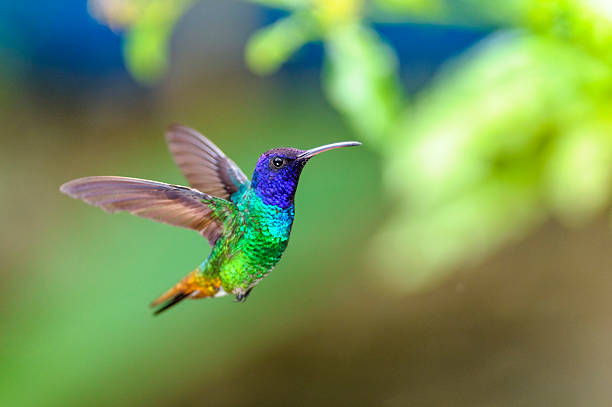Discovering the Extraordinary: A Dive into the World of Synchronized Swimming
Synchronized swimming, a unique blend of athleticism, grace, and teamwork, stands as a testament to human skill and endurance. The sport's captivating choreographies and intricate moves have mesmerized audiences for decades, yet many sports enthusiasts remain unfamiliar with its rich history, current trends, and real-world applications. This article delves into the fascinating world of synchronized swimming, offering a fresh perspective on this underrated sport.

The Birth and Evolution of Synchronized Swimming
Synchronized swimming has origins steeped in both entertainment and competitive sports. First documented in the late 19th century, it initially served as a form of aquatic ballet performed at music halls and theaters. Over time, the sport evolved, incorporating elements from swimming, dance, and gymnastics to create a unique discipline requiring strength, flexibility, and rhythm.
In 1934, American swimmer Katherine Curtis established the first synchronized swimming team, marking a shift from performance art to competitive sport. The International Olympic Committee recognized synchronized swimming as an official sport in 1984, and it has been a part of the Summer Olympics ever since.
In-sync with the Times: Modern Synchronized Swimming
Today, synchronized swimming, also known as artistic swimming, continues to evolve. The sport is seeing an increase in mixed-gender teams, reflecting a broader trend of gender diversity in sports. Moreover, the level of technical difficulty in routines has significantly escalated, pushing athletes to their physical and mental limits.
Experts observe that the sport is becoming more inclusive, with athletes of varying ages and abilities participating. Furthermore, there’s a growing emphasis on creative storytelling within routines, a nod to the sport’s theatrical origins.
The Science and Art of Synchronized Swimming
Synchronized swimming is more than just elegant movements and precise synchronization. The sport demands physical strength, cardiovascular endurance, flexibility, and coordination. Not to mention, athletes must perform complex choreographies while submerged in water, requiring exceptional breath control.
Moreover, trust and teamwork are crucial. Teams spend countless hours perfecting their synchrony and developing a unique rhythm. This reliance on teamwork makes synchronized swimming an ideal sport for building interpersonal skills and fostering a sense of community.
Challenges and Opportunities in Synchronized Swimming
Despite its many benefits, synchronized swimming faces several challenges. The sport is often underestimated for its physical demands, and its status as a predominantly female sport has led to gender-based stereotypes and bias.
However, these challenges also present opportunities. Advocates are working to raise awareness about the sport’s physical rigor and promote its benefits. Additionally, the inclusion of mixed-gender teams in international competitions is helping to break down gender barriers and redefine perceptions.
The Future of Synchronized Swimming
As synchronized swimming continues to evolve, it promises to captivate audiences with its blend of athleticism, artistry, and teamwork. Whether at the Olympic level or local community pools, the sport offers a unique avenue for athletic expression and personal growth.
In conclusion, synchronized swimming offers a fresh, unique perspective in the world of sports. Its rich history, current trends, and real-world applications serve as a testament to human skill and endurance. As sports enthusiasts, we should appreciate and celebrate this remarkable sport for the extraordinary feat it truly is.





